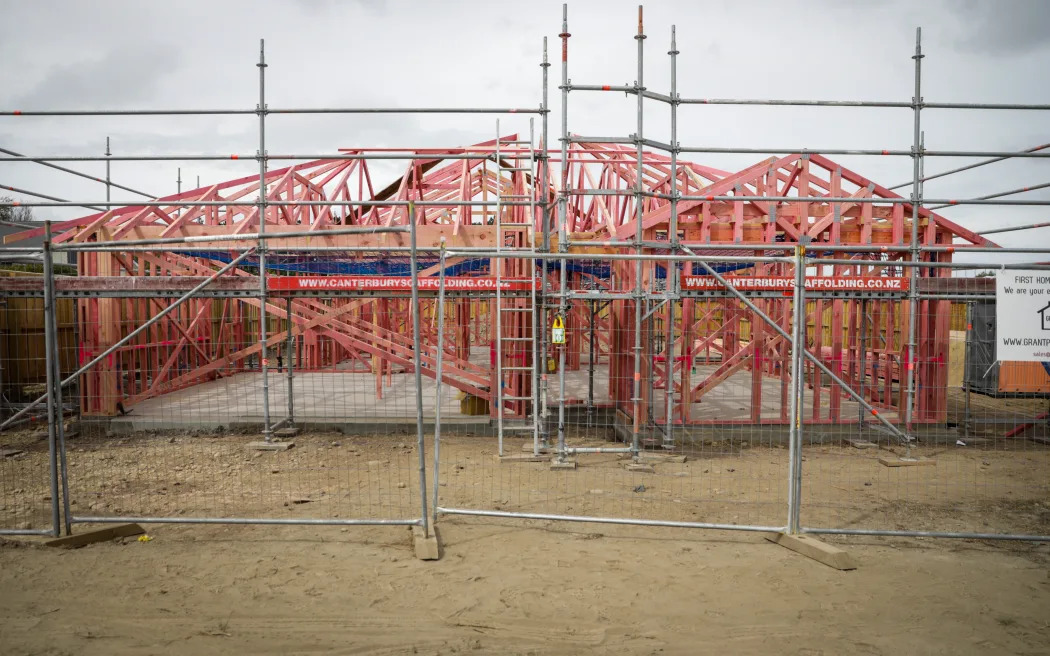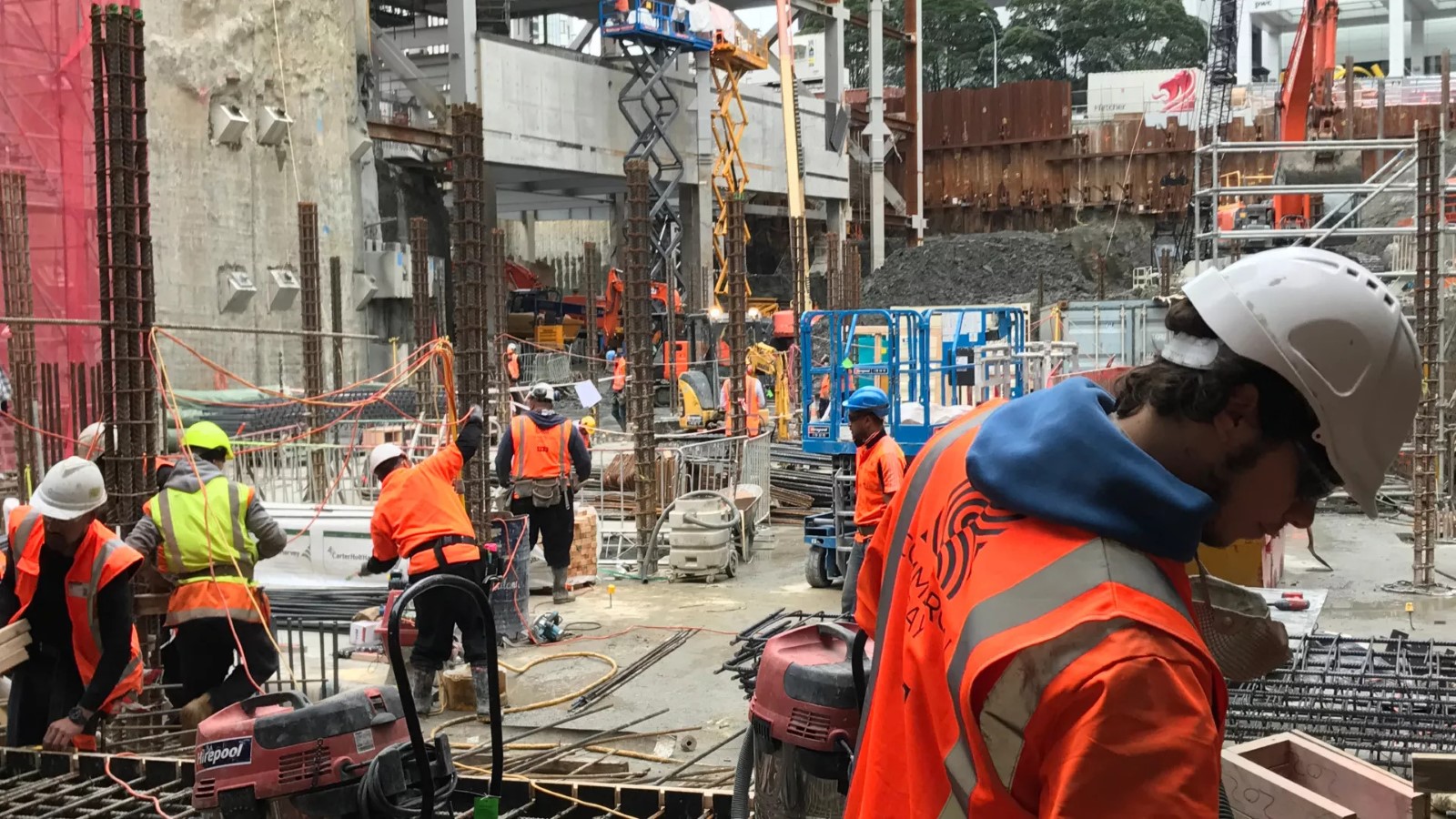The announcement has been met with cautious optimism across the sector. Registered Master Builders chief executive Ankit Sharma called the move a “positive step” towards a more consistent, efficient, and balanced system, but warned that it must be accompanied by strong consumer protections. Councils, insurers, contractors, and developers agree the direction is right, but many are asking the same questions: how long will the legislative journey take, what will it cost, and will the wait stall the very projects the reforms are meant to unlock?
Proportionate Liability – Fairness, Risk, and the Road Ahead
For decades, joint-and-several liability has made councils the deep pockets of last resort. If a builder or designer went bust, homeowners could sue the local authority, which then carried the full cost of fixing defects. The result, says Sharma, is a system where “councils carry a disproportionate share of risk, which has made them overly cautious and slowed down consenting.”

Building and construction minister Chris Penk. Photo: Samuel Rillstone.
Minister for Building and Construction Chris Penk frames proportionate liability as an incentives problem. “If we can have the systems and the processes and the skilled people available to deliver more quickly, they can also be doing that in a safe way and more affordably too,” he said in a recent interview. By shifting responsibility to those actually at fault, councils can focus on processing applications rather than second-guessing whether they’ll be left holding the bag years down the track.
From the perspective of contractors, the change feels overdue. Richard Arkinstall, chief executive of the Specialist Trade Contractors Federation (STCF), says his members support the move, but with conditions. “The changes are designed to address longstanding issues of inefficiency and inconsistency across the Building Consent system,” he says. “STCF support the changes if they lead to the delivery of safe, durable, and affordable buildings across the country.”
Arkinstall stresses that proportionate liability must extend beyond builders and designers to manufacturers and suppliers of building products. “It is important that the legislation is fair and principled,” he says. STCF is also watching closely how shortfalls will be allocated if one party is insolvent. “We are interested to see how the application of any shortfall in proportionate liability will fall to the home or building owner. That is not acceptable without backstops.”
Backstops are the sticking point. Sharma has called for mandatory home warranties and professional indemnity insurance to ensure homeowners are not left with an “empty chair problem” when responsible parties cannot be found or have gone bust. STCF agrees, arguing that home-warranty products will become “essential” alongside liability reform.
Julien Leys, chief executive of the Building Industry Federation of New Zealand, supports the direction but warns that insurance design will determine success or failure. In his estimate, if New Zealand mirrors Australian-style schemes, “only about 30% of local builders might initially qualify on insurers’ financial criteria.” Without careful calibration, premiums could spike and capacity shrink just when the country needs more homes.
Architect Mark Gascoigne sees the benefits but calls the reform “potentially complex.” He has watched councils grow increasingly conservative, insisting on redesigns and elaborate consultation processes to protect themselves. “Those costs wash straight through to buyers,” he says. Proportionate liability should reduce that risk aversion. But he cautions that unless effective insurance or guarantee schemes are in place, homeowners could still be left unpaid if the culpable party disappears. “Target the responsible party, yes — but if they vanish, nobody gets paid.”
The legislative roadmap
The Government has set out a broad timetable: draft legislation to be introduced in early 2026, with passage and commencement by mid-to-late 2026. In practice, that means 12 to 18 months of select committee scrutiny, regulatory drafting, and insurance scheme design before the new system takes effect.
That lag matters. Until then, builders and councils remain under the existing joint-and-several framework. Sharma, Arkinstall, and Leys all highlight the risk of a “limbo” period where projects are slowed by uncertainty. As Gascoigne puts it, “everyone’s used to it being slow and expensive,” so few developers will bank on faster processes until new rules are live.

Photo: RNZ / Nate McKinnon.
The improvements, once implemented, could be significant. Faster consents as councils shed risk-aversion. Fairer allocation of costs when things go wrong. Higher professional standards as builders and designers know they cannot rely on a council safety net. But the costs are real too: mandatory insurance, training, and new compliance systems will require investment from firms already squeezed by labour and material inflation.
Standards, Consents and the Push for Efficiency
Proportionate liability is only one part of the reform package. The Government also plans to allow building products certified overseas — in jurisdictions with equivalent or higher standards — to be accepted for use in New Zealand without the costly re-testing that currently delays projects.
For Penk, this is about common sense. “It’s not lowering the bar,” he insists. “It’s broadening choice.” Builders struggling with supply chain delays and high costs see it the same way. Sharma has called recognition of foreign standards a “practical reform” that can improve availability and shave costs.

Registered Master Builders chief executive Ankit Sharma.
But industry leaders caution against overselling the impact. Materials account for only part of a build’s cost, and international certification won’t eliminate local mark-ups or freight costs. Still, in a market where delays are often caused by BCAs refusing unfamiliar products, the change could reduce conservatism and speed up approvals.
Consent processes are also under the microscope. Penk has championed private consenting, pointing to one provider working with group home builders that has cut approvals from 10 days to just three. He wants “more of them,” provided they have the means to stand behind their decisions. Leys agrees, saying private consents “already show the potential to transform timeframes.”
Gascoigne sees potential in technology to further speed up inspections and reduce subjective decision-making. Photographic evidence, 3D scans, and drone surveys could provide robust records while reducing bottlenecks. “It’s about consistency,” he says. “Too often the process is slowed by subjective calls about ‘amenity’ or interpretation. Technology can harden the evidence trail.”
Will the Wait Slow Construction?
The central paradox is that while most stakeholders welcome the reforms, the very process of legislating them could stall projects. Councils remain wary under the old rules, insurers are hesitant to price policies until new frameworks are clear, and developers are unsure what liability exposure or costs they will face in two years’ time.
Arkinstall fears a scenario where homeowners carry the shortfall during transition. “Builders and designers unable to rely on a council safety net may help drive professional standards,” he says. “But only if we prevent the risk shifting onto the home owner.”
Penk argues the Government can mitigate delay by moving on parallel fronts. Publishing BCA processing data will increase transparency and accountability. A target of 80% of inspections within three working days has already been set. Expanded exemptions for low-risk work, such as sleep-outs and minor alterations, are on the table.
Leys adds a note of urgency: external pressures won’t wait. He points to looming energy price spikes that will drive up the cost of locally manufactured building products. “Counter-intuitively, now is the time to build,” he says, warning that waiting for reform may leave projects facing higher input costs.

Sole Director at Walker Group Architects Mark Gascoigne.
Gascoigne is more pragmatic. Developers, he says, are used to working within slow, uncertain systems. The risk is not a collapse in activity but missed opportunity. “Announcements alone don’t change behaviour,” he says. “Builders and financiers will wait to see the law in action before banking on faster processes.”
A Reform Full of Promise
There is little dispute that joint-and-several liability has distorted incentives and slowed building. Moving to proportionate liability is widely seen as the right call. Sharma calls it a “positive step.” Penk frames it as aligning incentives. Arkinstall backs it but insists on fairness across the supply chain. Leys warns of insurance bottlenecks. Gascoigne welcomes the direction but stresses the need to reduce complexity.
Together, they paint a picture of a reform that is both promising and precarious. Done well, it could reduce council bottlenecks, lift professional standards, broaden product choice, and make homes marginally more affordable. Done poorly, it could leave homeowners exposed, shrink the pool of insurable builders, and stall projects in a legislative limbo.
The next 18 months will decide which way the pendulum swings. Industry leaders are united on one point: clarity and speed are essential. Without them, the reforms risk becoming another chapter in New Zealand’s long history of well-intentioned building legislation that fails to deliver the homes people need.

